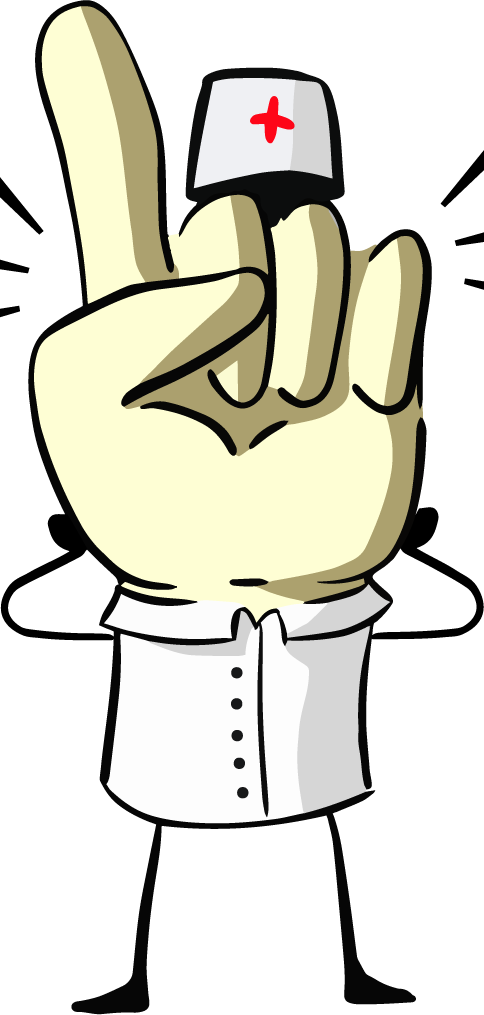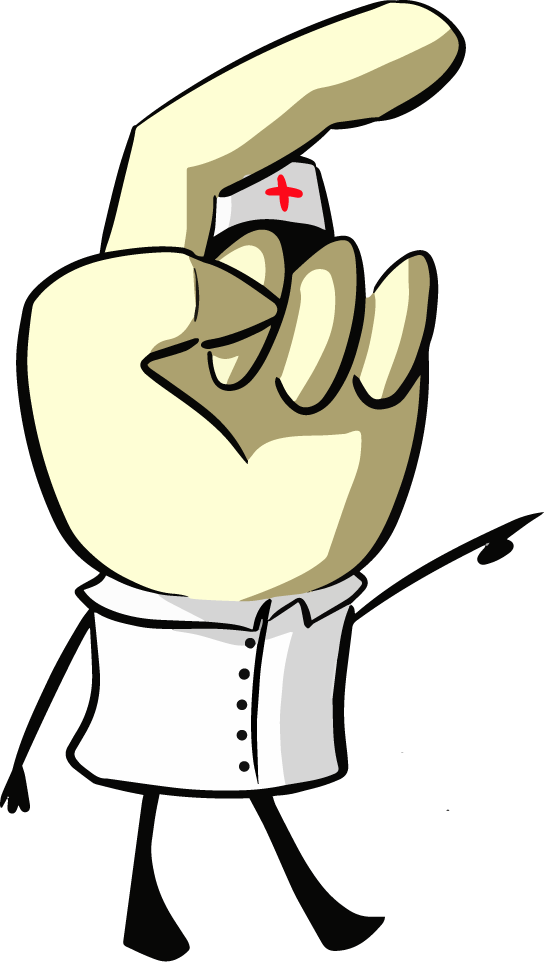Useful techniques and methods for daily application - What to do when someone needs resuscitation, how to help someone chocking and how to stop a nosebleed?
There are certain practical skills that every sensible person should know in order to help themselves or their loved ones when it's most needed. In the following lines, we will present what we believe are the most essential.

Cardiopulmonary Resuscitation (CPR) in case of cardiac arrest
If you witness a collapsed person with no pulse or breathing, immediately call emergency number 112 and start chest compressions. Place the lower part of your palm in the center of the victim’s chest, place your other hand on top, and interlace your fingers. Keep your elbows straight. Pressure should come from your entire body, not your arms alone. Press hard and fast—at least 5 cm deep, at a rate of approximately 100–120 compressions per minute (regular rhythm, similar to the beat of the song "Stayin' Alive"). Allow the chest to fully return to its starting position after each compression. This is quite difficult and tiring, so if there are others present, take turns, as after the second minute the effectiveness decreases due to fatigue.

Continue uninterruptedly until emergency medical services arrive, or until the victim shows signs of restored heart activity or breathing. This technique, called Hands-only CPR (without mouth-to-mouth breathing), significantly increases survival chances during sudden cardiac arrest outside a hospital.
Help for choking (Heimlich maneuver)
If someone is choking and unable to breathe or cough—immediately take action. According to the Red Cross guidelines, first stand slightly behind and to the side of the victim and deliver 5 strong back blows between the shoulder blades.
If this does not help, stand firmly behind the person, wrap your arms around their waist, and perform 5 sharp abdominal thrusts (Heimlich maneuver)—make a fist with one hand just above the navel, grasp it with your other hand, and press firmly inward and upward toward the diaphragm.

Alternate 5 back blows and 5 abdominal thrusts until breathing resumes or help arrives.
Important: If the victim can still cough forcefully, encourage them to continue coughing—this is the best way to expel the foreign object from the airways.
If unconsciousness occurs, start CPR using the methods described above.
Dealing with a nosebleed
Do not lie backward! The correct first aid for a bleeding nose is to sit down and tilt the head slightly forward.
Using your thumb and index finger, pinch the soft part of the nostrils (just below the hard bony part) and maintain continuous pressure for 10-15 minutes.

Breathe through your mouth and do not swallow blood—tilting forward prevents blood from running down the throat, which could cause choking or nausea.
After the bleeding stops, avoid blowing your nose and bending over for several hours. If the bleeding does not stop within 30 minutes or is very heavy, seek medical attention.
Final thoughts

Although some of these approaches and methods are explained in online first aid courses, in Bulgarian Red Cross (BRC) courses (especially before driving lessons), and recently in some schools, many of these vital skills remain unknown to many people, risking that we won't be able to help even our closest loved ones when they need help most. If this article helps save even one life through the techniques described above, we at the DrGoGo team have achieved our goal! Stay healthy!



Comments